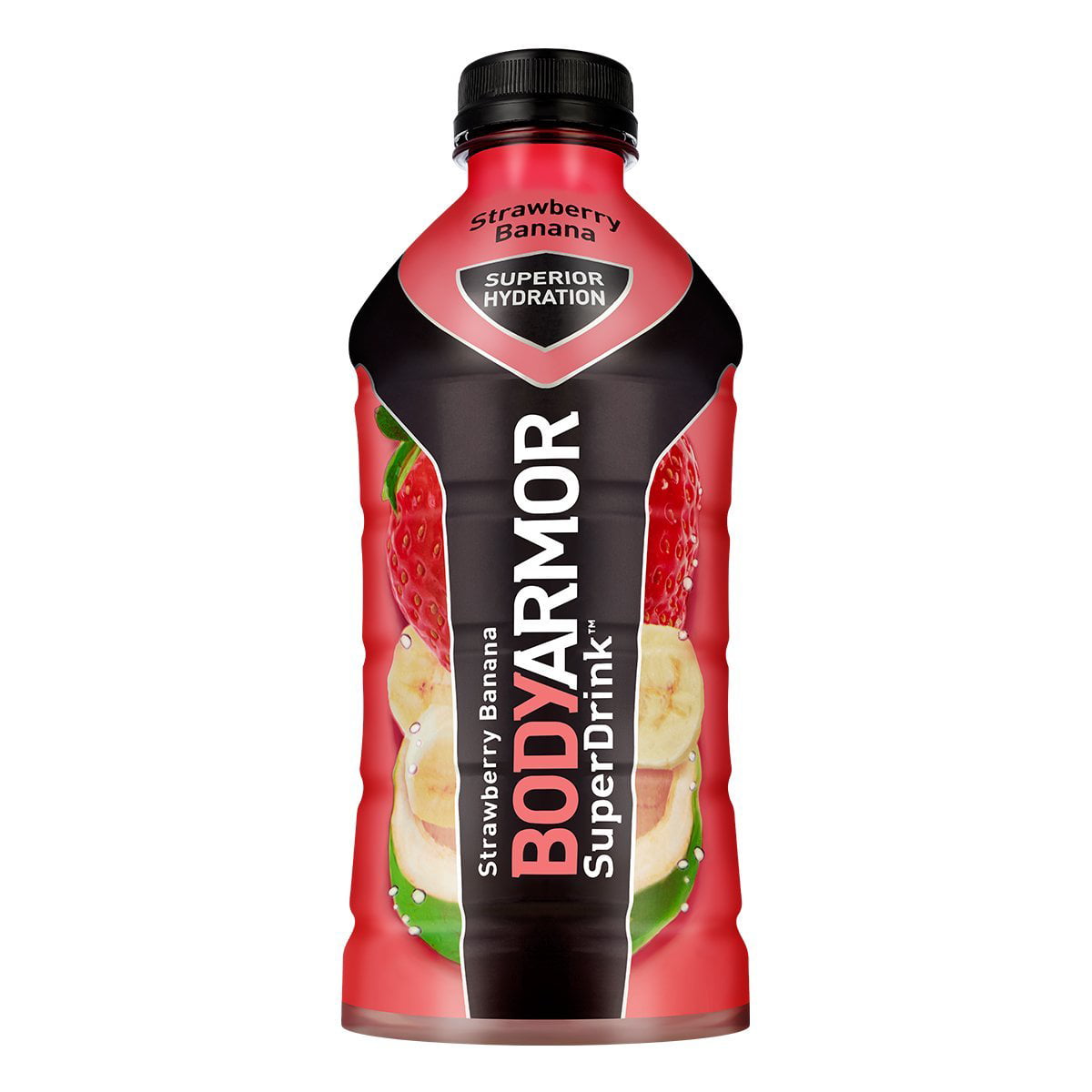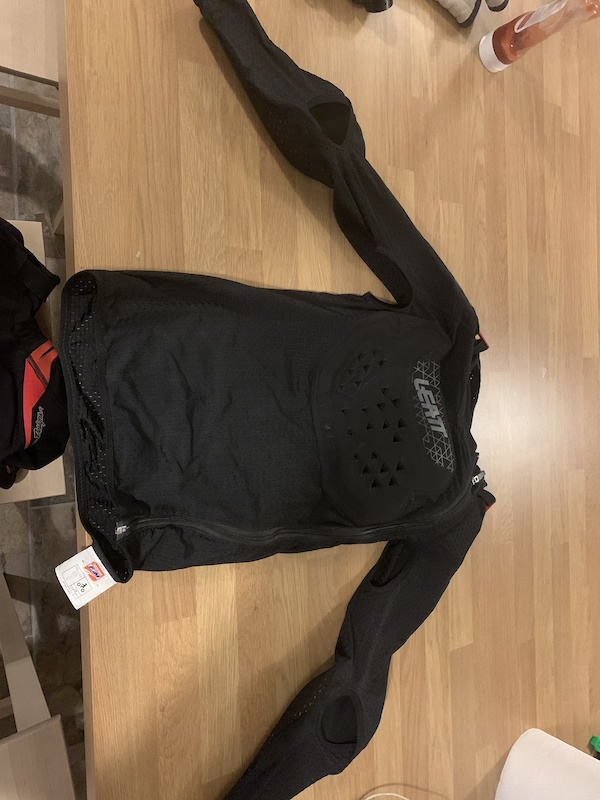


There are a number of acolytes in the sports-drink space vying for your attention. Society’s preference to hydrate with sugar instead of the obvious choice, water, doesn’t all fall on Gatorade though. And anytime we forget that Gatorade has the same amount of sugar as lemonade or soda, their marketing warlocks drop the best commercial you’ve ever seen, and quicker than you can count your goosebumps you’re throwing back a bottle. Everyone’s got a favorite flavor, and everyone knows you’re a narc if you refer to the actual name of the flavor instead of the color.
#Body armour lyte series#
It still commands a 75% market share in the sports-drink category today, and despite a seemingly endless onslaught of flavors and innovations (everything from Gatorade Tiger to “Energy Chews”), its original Thirst Quencher series is still its most popular, available in every gas station, deli and supermarket from the Florida Keys to the Puget Sound. The brand was sold for a preposterous $13 billion to PepsiCo in 2001, and hasn’t slowed down. Gatorade, since its well-told inception as a special formula for the 1965 Florida Gators football team, has long been the post-workout drink of choice. But Gatorade’s role in that process is dubious. You should absolutely be hydrating and looking to replenish electrolytes after a long period of intense physical activity.
#Body armour lyte tv#
So in a way, yes, your parents and track coach and the TV commercials were correct. When we exercise, we sweat, and these minerals leave the body in droves, leaving us dehydrated and susceptible to cramps and exhaustion.

Think calcium, magnesium, potassium, sodium and the like. And yet, there appears to be a casual disinterest in even understanding this ritual, let alone questioning what the healthiest sports drink even is.Įlectrolytes, FYI, are minerals in the body that maintain its ionic balance. Straw poll: Anyone actually know what an electrolyte is? For decades, we’ve chugged Gatorade and other sports drinks when sweaty or hungover (or both) in an effort to “replenish” our elusive electrolytes.


 0 kommentar(er)
0 kommentar(er)
